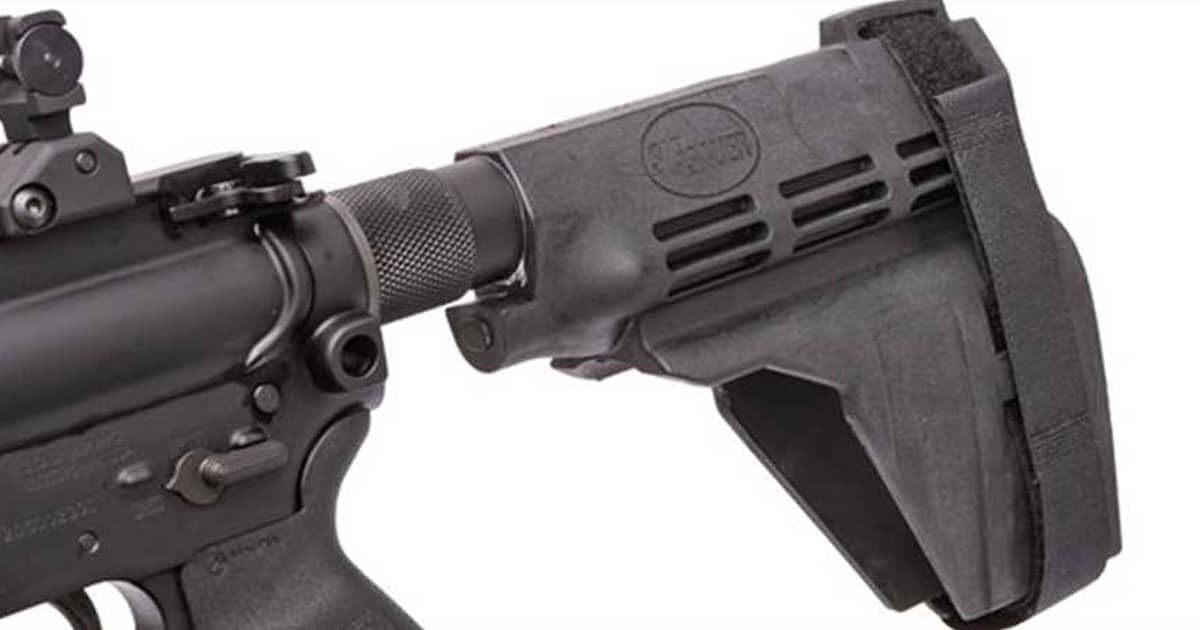
Twenty-five states joined the coalition in filing the lawsuit. They sought relief on the grounds that the ATF’s new rule violated the Administrative Procedure Act by going around Congress to enact what is the responsibility of the legislature.
In essence, the agency unilaterally declared that firearms equipped with a popular stabilizing brace are now classified as short-barreled rifles under the National Firearms Act.
Options were given to owners of such weapons, including destroying the firearm or registering it with the government. They could also remove the device and attach a 16-inch or longer barrel or remove and alter the brace to the point where it cannot be reattached.
The braces were invented over a decade ago to assist disabled veterans in continuing to enjoy sport shooting. Tens of millions of the popular devices are in circulation in the U.S.
The final rule, which was proposed on Jan. 31, 2023 and went into effect in June, drew strong criticism from Second Amendment advocates. They, along with the FRAC and the suing states, argued that the ATF lacked the statutory authority to make such a sweeping change.
Plaintiffs also attacked the Final Rule as unlawful and arbitrary.
Judge Hoyland, however, rejected these points and expressed his belief that the case cannot succeed on its merits.
As with many legal entanglements involving the Second Amendment, rulings in the lower courts have only added confusion. A federal appeals court in May temporarily blocked enforcement of the new ATF regulations before they were allowed to proceed.
Then in June the U.S. House passed a resolution to repeal the rule, only to see it die in the Senate.
This case appears destined to be clarified by the U.S. Supreme Court
